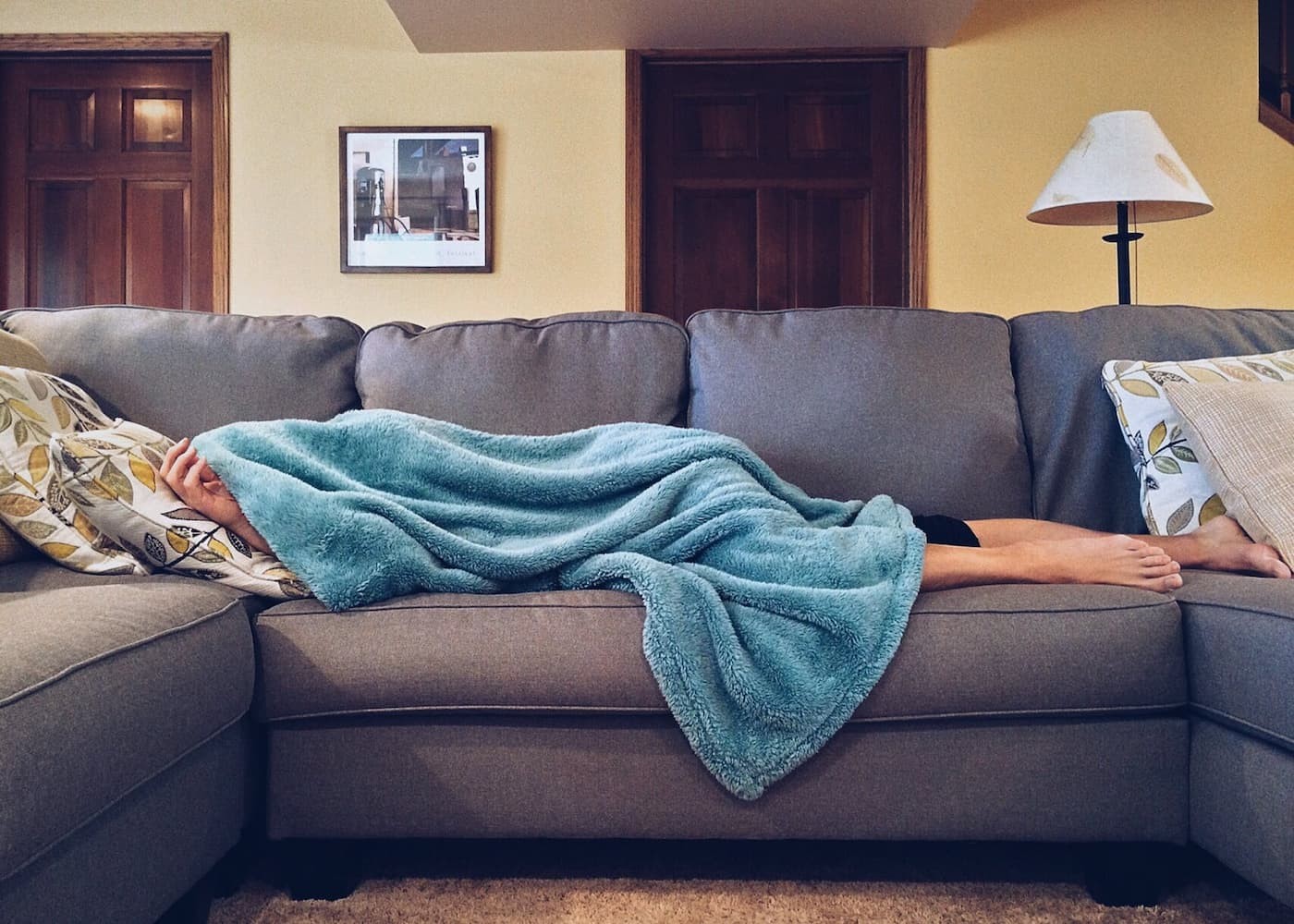
We Australians like to think of ourselves as an active, outdoors loving nation, but statistics are proving this healthy image to be a myth. In 2007-2008, a National Health Survey discovered that over 60 percent of Australians were either overweight or obese. Things have not improved since then; today, Australia ranks as one of the most obese countries in the world. Our increasingly sedentary lifestyle is taking a huge toll on our health and the cost of health care. It is an issue we can no longer afford to ignore.
Source: knoema
Health Costs of a Sedentary Lifestyle
Recent studies and reports by Monash University outline some shocking statistics about obesity in Australia:
- More than 17 million Australians are classified as overweight or obese.
- Over 4 million Australians are clinically obese as measured by body mass index (BMI).
- Obesity in Australia has reached epidemic proportions.
- If current trends continue, by 2025, 83 percent of Australians will be overweight or obese.
Obesity is far more than just a matter of appearances. It is a vital health concern for all Australians. Now the leading cause of premature death in Australia, it overtook smoking in 2006, when it was found to be responsible for 8.7 percent of all deaths in this country as opposed to smoking's 6.5 percent. Some of the diseases directly caused by obesity include:
- Type 2 diabetes
- Cardiovascular disease
- Breast cancer and other types of cancer
- Kidney disease
- Heart disease
- Hypertension
- Colon cancer
- Sleep Apnoea
- Deep vein thrombosis
- Cognitive decline
- Pulmonary embolism
- Metabolic syndrome
According to the Australian government's Department of Health and Aging, "regular physical activity reduces cardiovascular risk in its own right and also improves levels of cardiovascular risk factors such as overweight, high blood pressure, and Type 2 diabetes." A half-hour exercise per day, five days a week, is all that is necessary, but it is a goal only an estimated 15 % of the population achieves.
Economic Costs of a Sedentary Lifestyle
A 2010 study reported in The Age revealed that obesity cost Australia over $56 billion per year, with direct health care costs amounting to $21 billion and government subsidies accounting for the rest. Although exact statistics for related costs are unavailable, a recent Canadian study using an economic modelling algorithm indicated that the cost of decreased productivity due to poor health and time taken off work could be almost double the direct health care costs.
While the economic costs of sedentary behaviours are secondary to the devastating health costs, together they add up to a problem of monumental proportions. Health officials throughout the developed world are now sounding the alarm. It's up to us to listen and take action.
Health Benefits of an Active Lifestyle
Regular exercise is equally as important as eating healthy to prevent a wide range of health issues as a result of excessive sitting or extended periods of desk work or playing video games. Much of this sedentary time could be better used for increasing your physical activity levels, which would be beneficial to your body and mental health. Some of its positive health effects include:
- Reduces the risk of mortality
- Leads to a healthy weight
- Reduces calorie intake
- Lowers blood sugar levels
- Improves blood flow
- Reduces the risk of heart attacks
Physical Activity Guidelines
Would you like to switch from an inactive lifestyle to one that is more active, but lack of time for physical exercise prevents you from doing so? Worry not because there are many ways you can reduce your sedentary activities, from doing a 30-minute moderate exercise per day to changing how you do your desk job, make phone calls or even watch TV. Here are some suggestions:
Count your steps per day
Walking every day is an effective way to improve your blood circulation and lymphatic flow to avoid toxicity build-up in your body. Plus, you can save money on fuel or public transport. Count the number of steps you take every day, whether you're walking around the neighborhood or using a step stool.
Avoid the couch
Watching TV while standing is no different from watching it while sitting. Actually, it's more fun as you get to do other things than just slouch and let your belly grow. What's more, you won't suffer poor circulation in your legs, which eventually leads to varicose veins.
Tend to the garden
Gardening is a kind of workout since you are using your whole body while tending to plants. The muscles in your arms and hands work as you dig, and your lower limbs strengthen as you hold the squat position. To be able to do this you don't need a large garden; tending to a few indoor plants will do the trick as well.
Get up from your computer
Spending a lot of time in front of a computer, like 70% of your day, is bad for your health. Stand up occasionally to stretch your legs. Investing in ergonomic office equipment, such as a sit-stand desk, enables you to stand or sit while working. There is no need to be seated the whole time and suffer neck pain or joint stiffness.
Making small changes to your daily routine is the key to transforming your sedentary lifestyle into a healthier and more active one. Long term, you will see a massive improvement in your health and contribute less to Australia's high healthcare costs.
For guidance towards your weight loss goals, a personal trainer may help you develop an exercise program that is right for you. Search our list of practitioners to find a trainer near you today.
Originally published on Oct 30, 2012









